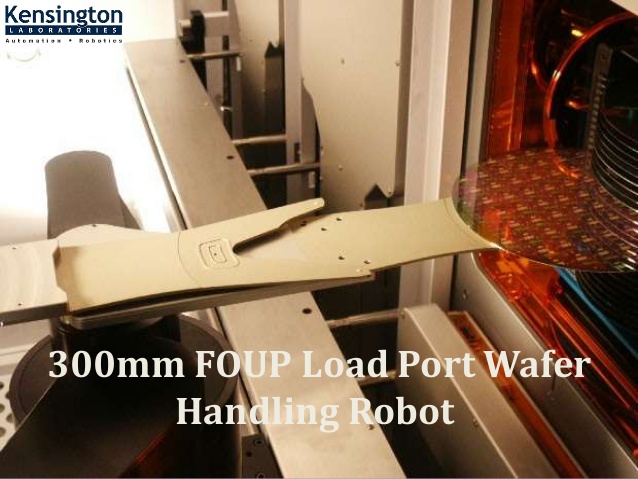Semiconductor Wafers: Types & Uses!
When we look around, we will see many things and objects that use silicon or other semiconductor devices in one way or another on televisions, laptops, mobile phones, smart devices, and other readily available circuitry. So, there is an increase in demand for wafer-handling equipment.
Types of Semiconductor Wafers
Broadly, there are two major types of wafers:
- Undoped Semiconductor Wafers
- Doped Semiconductor Wafers
Undoped Semiconductor Wafers
The undoped semiconductor wafers are made using glass-like silicon or other semiconductor material. They are ideal semiconductor wafers, otherwise called 'characteristic semiconductor wafers.'
Doped Semiconductor Wafers
Generally, Silicon semiconductor wafers are never 100 percent silicon or unadulterated semiconductor material. Instead, they are made with a contamination component of doping, which is completed during the development of the semiconductor material. The doping of silicon or other semiconductor materials empowers us to change and control the physical and electrical properties of the wafers when contrasted with the physical and electrical properties of the undoped semiconductor material. In any case, this further debasement actually doesn't think twice about the general virtue, which supports an immaculateness level of 99.9999999% or more percent of the semiconductor material. If you are exploring for semiconductor wafer handling end effector, you can purchase it from any reputed stores in the market.
Uses of Semiconductor Wafers
The semiconductor wafers track down their application in many fields of current innovation. They are generally utilized in photovoltaics, assembling sun-powered cells, and creating ASIC or essentially IC (Coordinated Circuit). Not just this, the wafers are a substrate for various microelectronic gadgets that are inherent or upon the actual wafer. Different subtleties are given underneath as:
Silicon is the best semiconductor due to its high portability at or even standard room temperature. That is why it permits the section of electric flow at higher rates when contrasted with different materials. For the said reason, it is conveyed in various electrical gadgets, despite how metallic substances can take care of business and yet have their own limit.
They are conveyed in improving the chips and central processors subsequently utilized in the electrical devices. For their flow-leading properties, they are used in assembling and producing coordinated circuits or ICs, which order activities in electrical and hardware gadgets. They track down their application in the PC, cell phones, computerized and electrical devices, machines, and others, to name them. Silicon is the super-utilized component; its wafer is a thin layer that behaves like a foundation.
Aside from these, they are utilized in assembling the alignment instrument because of their security, high power utilization, and manufacture of MEMS, identifiers, semiconductors, sensors, diodes, rectifiers, and optoelectronic parts.
Conclusion
Silicon or other semiconductor materials are innovation's most generally involved materials nowadays. They not just give a superior choice as opposed to different metallics substances out there but are also broadly accessible on the Earth. Therefore, the demand for wafer-handling robots is skyrocketing as silicon wafers are used in numerous industries. Because of the turn of events and exploration of silicon and semiconductor materials, the progression in innovation is conceivable at this immense level. Further investigations are being made to augment the size and control the properties by doping semiconductor wafers.



Comments
Post a Comment